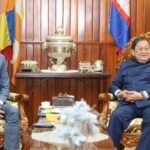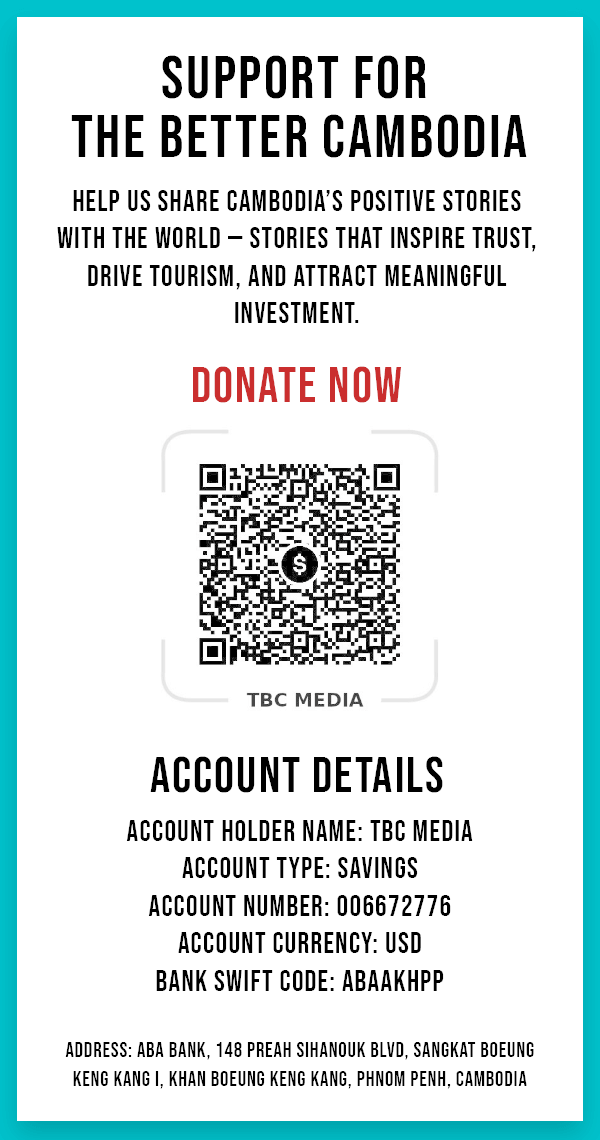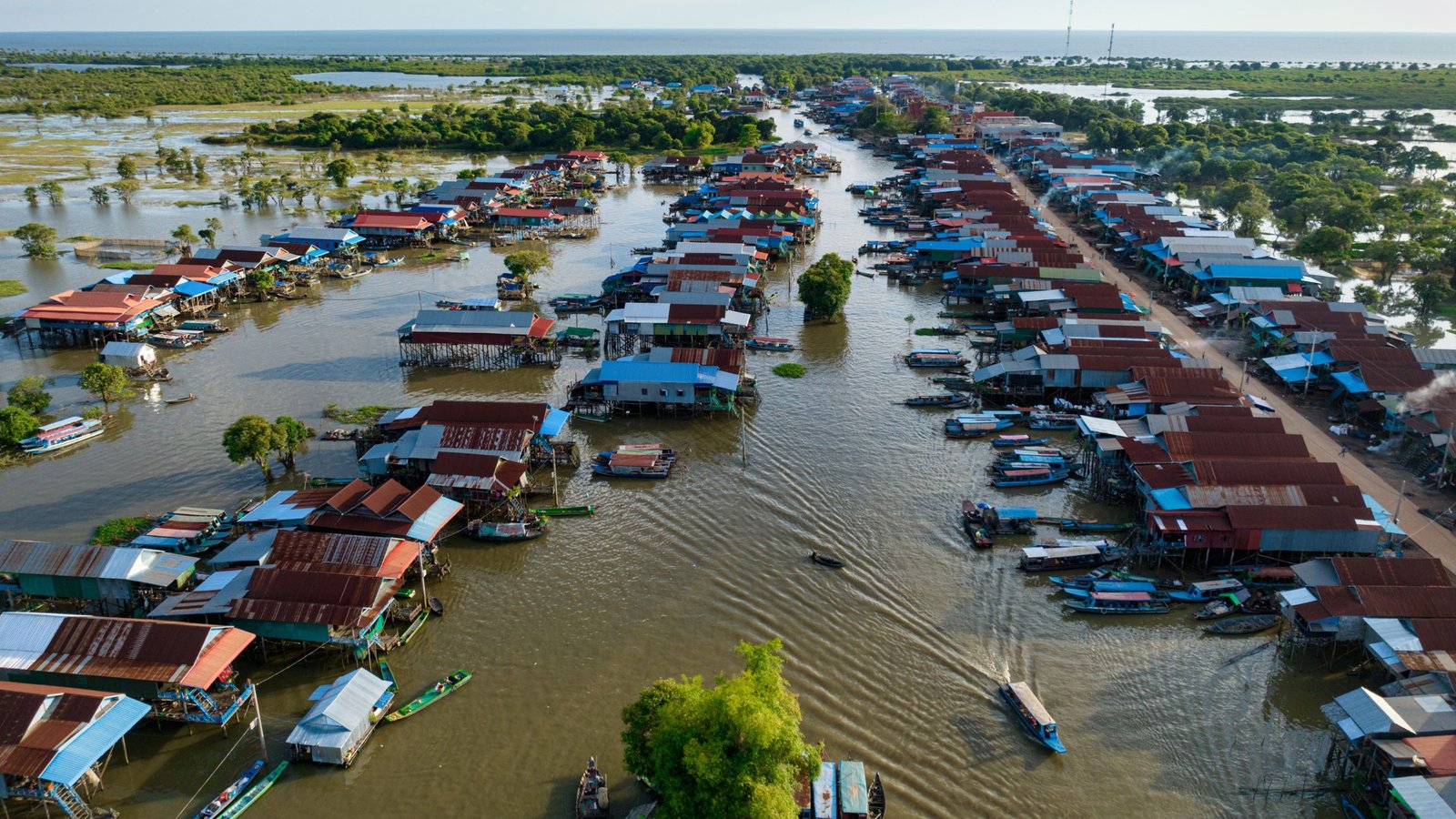Cambodia is located in Southeast Asia and is largely ethnically and religiously homogeneous, with the majority of the population identifying as Khmer (96%) and Buddhist (97%).
The Khmer are thought to be one of the first peoples to settle in Southeast Asia, and as a result, they have a long history in the region. During the Angkor period (9 to 15 century AD), Traditional Khmer Medicine (TKM) was formed by directly incorporating components of Ayurvedic Medicine from India and Traditional Chinese Medicine (TCM), and combining with local beliefs of the ancient Khmer medical system, which was informed by ancient Khmer animism.

Traditional Cambodian medicine practitioners are known as Kru Khmer (or kru khmae), which means “Khmer teachers,” and the teacher-student relationship between practitioner and patient is crucial to the consultation. Kru Khmer are experts in a variety of fields, including bone setting, herbalism, and divination.
Animal parts, minerals, and tattoos are occasionally used. So the supernatural world can both cure and cause illness in the framework of traditional Cambodian medicine, the lines between what is medicinal and what is spiritual are frequently blurred.
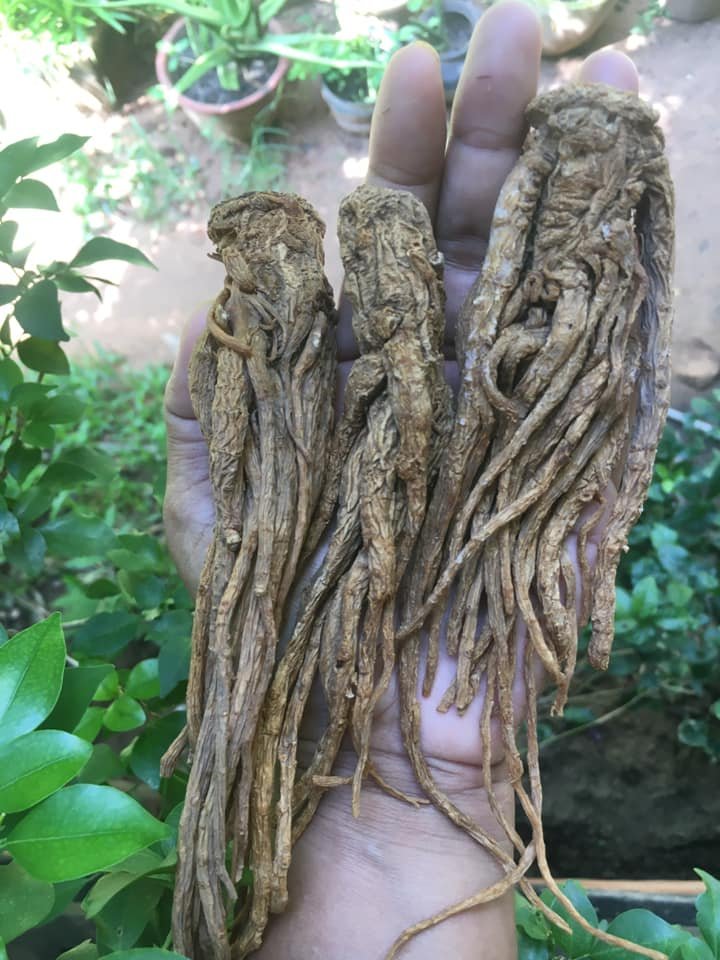
Within Cambodia, there are various geographical variances in the practice and herbal knowledge of traditional medicine. Traditional Cambodian medical methods are widely used throughout the country.
Animism, or believing in spirits within the natural and supernatural worlds, is a broad word for ethnically and culturally diverse religious belief systems around the world in which souls and/or spirits are given to components of the natural world, such as the forest. This basic description of animism comprises belief systems still prevalent across Southeast Asia, especially in Cambodia’s neighboring countries of Laos and Vietnam.

People in rural Cambodia still rely on this traditional medical system for their health care, with an estimated 40-50% of the Cambodian population using TM.
Traditional Khmer Medicine (TKM) includes four main types of care: pharmaceutical bases, dermabrasive practices, hot/cold (“yin/yang”) balance maintenance, and supernaturalistic remedies like spirit offerings.
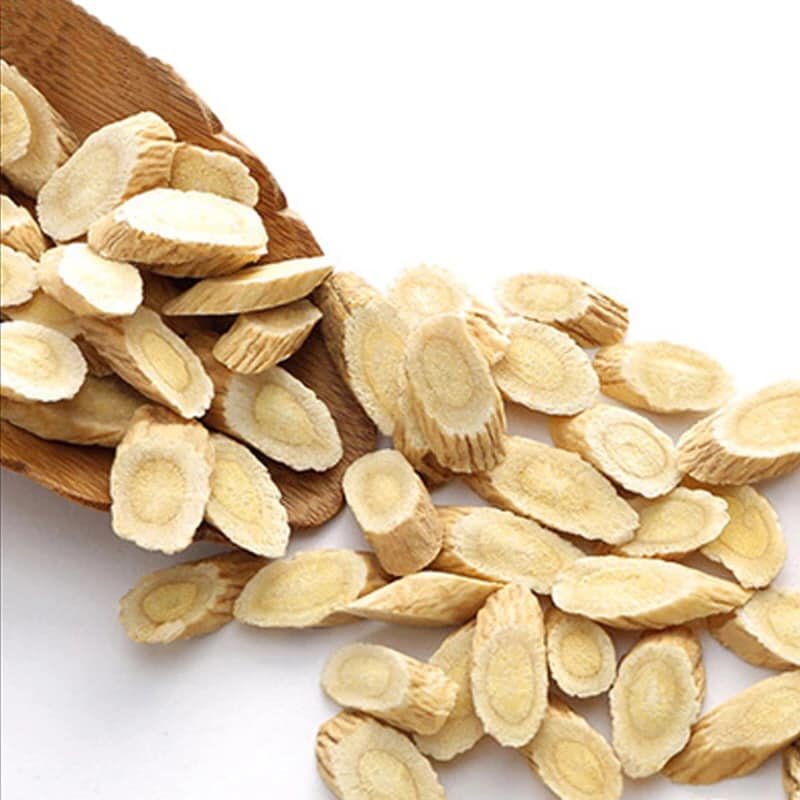
Astragalus is used to protect and support the immune system, preventing colds and upper respiratory infections, lowering blood pressure, treating diabetes, and protecting the liver. Astragalus has antibacterial and anti-inflammatory properties. (Pic: Sra Thnam)
Traditional healers (known in Khmer as “Kru khmer”) or Buddhist monks provide supernaturalistic therapies to treat illnesses believed to be caused by ghosts or spirits and are usually associated with Buddhist traditions.
The old TKM medical texts were written in Pali on palm-leaf and could be found in pagoda libraries; unfortunately, these texts were mostly destroyed during Cambodia’s wars. The old TKM of the Angkor era was transformed during the French colonisation of Cambodia in the mid1800s, in which Western medicine was brought to the country. The native population resisted the colonizer’s medicine and remained practising TKM .
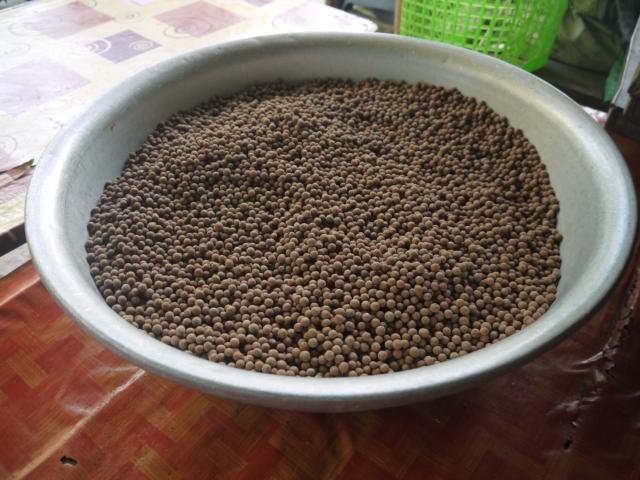
Following that, during one of the most major events in Cambodia’s recent history—the Khmer Rouge regime and Cambodian genocide—between 1975 and 1979, pre-existing French-style Western medicine was nearly destroyed. The Khmer Rouge promoted a new healthcare system that was neither totally TKM nor fully Western medicine.
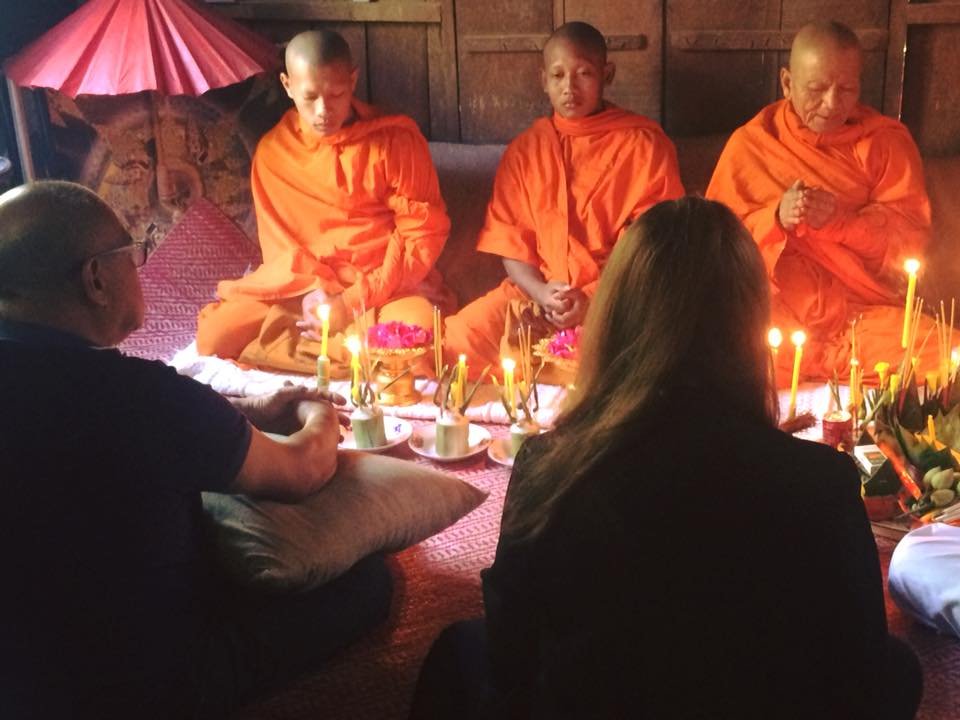
The total number of TM practitioners in Cambodia is unknown because there is no formal registration. However, it has been documented that there is at least one in every village. These practitioners treat patients and teach the next generation, usually at their home or at a Buddhist temple. TKM practitioners are typically well-respected village residents or Buddhist monks.
TKM practitioners keep playing major roles in people’s health care in Cambodia. TKM is still used as a treatment in combination with biomedicine, and it may be the sole option in rural Cambodia. TKM treatments were also chosen when biomedicine or doctors were unable to cure, such as illnesses that needed spiritual healing.
Historically, three sub-categories of the Kru Khmer profession have been identified: kru pet, kru thnam, and tmup. Kru pets were the most respected and theoretically educated. They studied palm-leaf manuscripts in temples and were primarily located around the royal families and temples, rather than among the general population. Kru thnam, who were herbalists with little concern in religious matters, were far more prevalent and could be found all over the country. Tmup were sorcerers. These broad classifications are still in use in Cambodia today, however the kru pet class is nonexistent.
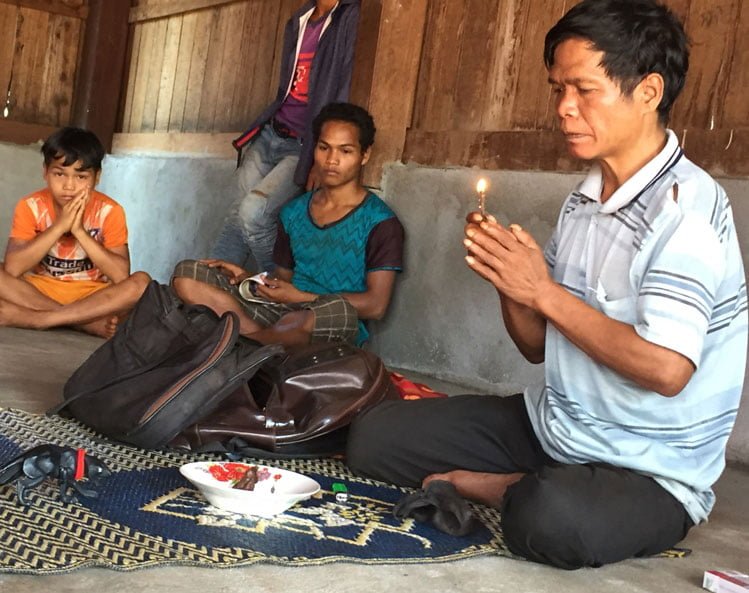
The National Center of Traditional Medicine (NCTM), headquartered in the capital city of Phnom Penh, is the national academic training center that offers capacity building to local TM practitioners seeking to become licensed practitioners.
Asia is fortunate to have a number of successful health-care traditions dating back thousands of years. Healthcare in Asia will be most successful if Ayurveda, Chinese medicine, Khmer Traditional Medicine, and other time-tested indigenous medicinal methods stay at the forefront of medical care. Technology is best viewed as a complement, an aid in diagnosis and treatment, rather than the center of healthcare. The patient should be viewed holistically.

Keeping patients accountable for their own health will enhance health outcomes. Contributing to the diagnosis and making decisions alongside their doctors helps people recover. A patient who is actively involved heals faster. Asia has a tradition of taking care of one’s own health. That must not be overlooked in a health-care system based on modern technology.


